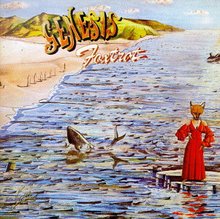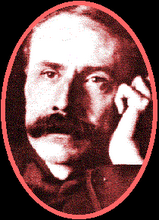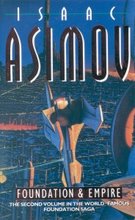 Science daily sets them up….
Science daily sets them up….Published a couple of days ago ‘The Pattern Recognition Theory of Humour’ by Alastair Clarke attempts to provide an answer to the question of what is humour and why we find things funny.
Previous theories have focused on what we laugh at or in other words whether one ‘gets the joke’. However Clarke maintains that humour cannot be explained in terms of content or subject matter.
“A group of individuals can respond completely differently to the same content, and so to understand humour we have to examine the structures underlying it and analyse the process by which each individual responds to them. Pattern Recognition Theory is an evolutionary and cognitive explanation of how and why an individual finds something funny. Effectively it explains that humour occurs when the brain recognizes a pattern that surprises it, and that this recognition is rewarded with the experience of the humorous response.” He said.
Humour is not about comedy it is about a fundamental cognitive function. Clarke explains: “An ability to recognize patterns instantly and unconsciously has proved a fundamental weapon in the cognitive arsenal of human beings.” Recognising patterns enables us to quickly understand our environment and function effectively within it: language, which is unique to humans, is based on patterns.
Alastair Clarke explains: “The development of pattern recognition as displayed in humour could form the basis of humankind’s instinctive linguistic ability. Syntax and grammar function in fundamental patterns for which a child has an innate facility. All that differs from one individual to the next is the content of those patterns in terms of vocabulary.”
Pattern Recognition Theory identifies further correlation between the development of humour and the development of cognitive ability in infants. Previous research has shown that children respond to humour long before they can comprehend language or develop long-term memory. Humour is present as one of the early fundamental cognitive processes. Alastair Clarke explains: “Amusing childish games such as peek-a-boo and clap hands all exhibit the precise mechanism of humour as it appears in any adult form. Peek-a-boo can elicit a humorous response in infants as young as four months, and is, effectively, a simple process of surprise repetition, forming a clear, basic pattern. As the infant develops, the patterns in childish humour become more complex and compounded and attain spatial as well as temporal elements until, finally, the child begins to grapple with the patterns involved in linguistic humour.”
Alastair Clarke explains that the Pattern Recognition Theory “can not say categorically what is funny. But it could illustrate the basic structure. For example a common form of humour is the juxtaposition of two pictures, normally of people, in whom we recognize a similarity. “What we are witnessing here is spatial repetition, a simple two-term pattern featuring the outline or the features of the first repeated in those of the second. If the pattern is sufficiently convincing (as in the degree to which we perceive repetition), and we are surprised by recognizing it, we will find the stimulus amusing.”
“As a second example, related to the first but in a different medium, stand-up comedy regularly features what we might call the It’s so true form of humour. The brain again recognizes a two-term pattern of repetition between the comedian’s depiction and its retained mental image, and if the recognition is surprising, it will be found amusing. The individual may be surprised to hear such things being talked about in public, perhaps because they are taboo, or because the individual has never heard them being articulated before. The only difference between the two examples is that in the first the pattern is recognized between one photograph and the next, and in the second it occurs between the comedian’s words and the mental image retained by the individual of the matter being portrayed.”














1 comment:
How to make Fawlty Towers unfunny! Pattern Recognition Theory? Phooey!
Post a Comment